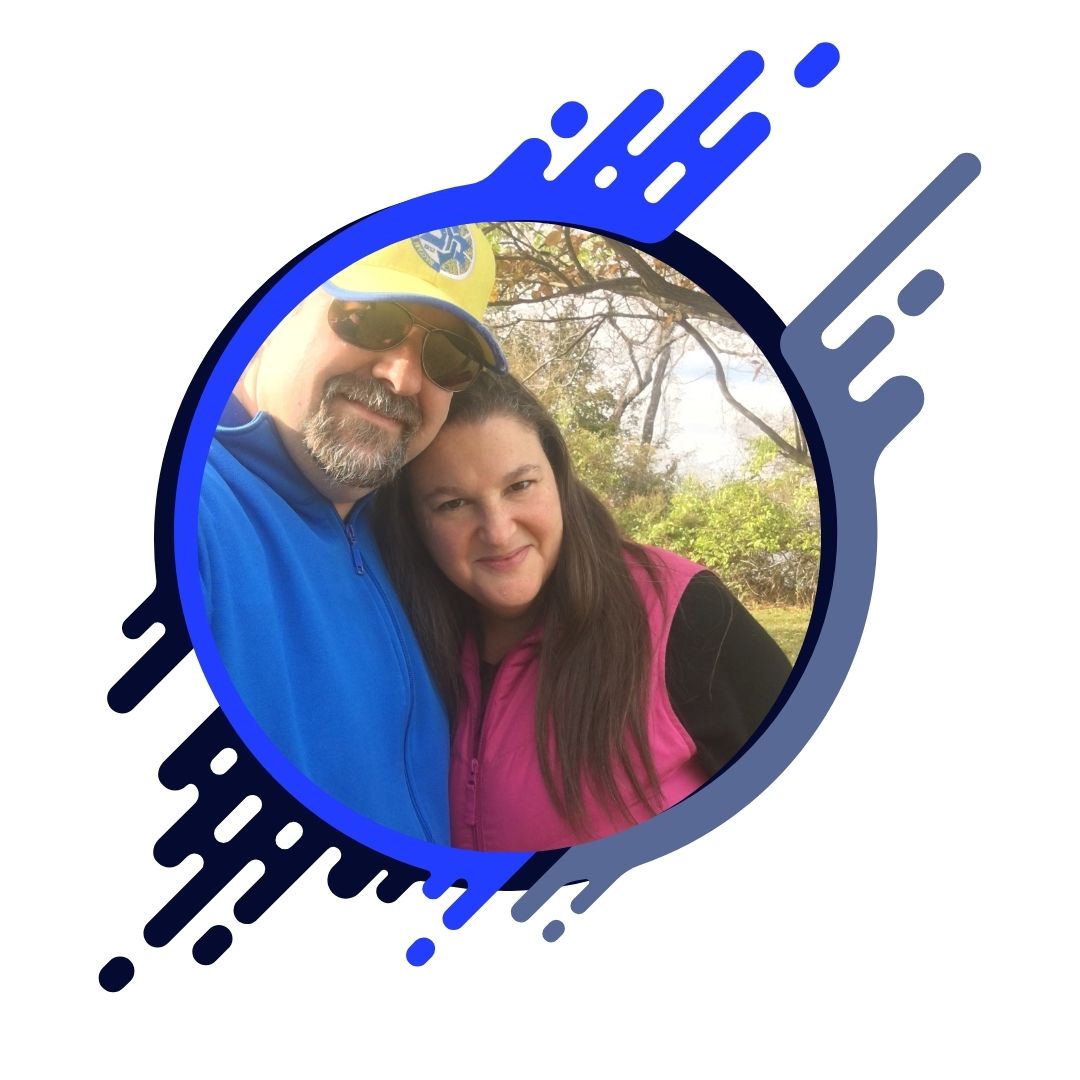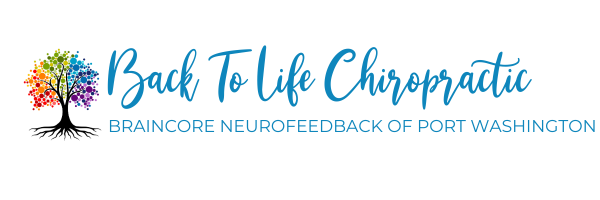
Attention-deficit/hyperactivity disorder, or ADHD, affects millions of individuals worldwide—many of them children. For parents, navigating the challenges of ADHD often means turning to medication as a first-line treatment. While effective for some, medication can lead to a cycle of dependency and come with unwanted side effects such as mood swings, sleep disruptions, or reduced appetite. But what if there was another way?
Neurofeedback is emerging as a powerful, holistic tool that helps ADHD patients better manage symptoms—without relying solely on medication. Whether you’re a parent searching for drug-free solutions for your child or someone exploring alternatives to improve focus and emotional regulation, this blog will guide you through what neurofeedback is and how it can help break the cycle of medication dependency.
Understanding Neurofeedback and ADHD
Neurofeedback is a non-invasive therapy that uses real-time data to retrain the brain’s activity. Essentially, it works like brain fitness. During each session, a patient is connected to sensors that monitor brainwaves. This data is displayed on a computer screen, often interactive and game-like, giving patients immediate feedback on their brain’s activity. Over time, this helps the brain learn new patterns, improving self-regulation and focus.
For individuals with ADHD, whose brains often exhibit irregular brainwave patterns—such as excessive slow-wave activity associated with difficulty sustaining attention—neurofeedback provides a way to directly address the underlying neurological imbalances rather than just managing the symptoms.
Benefits of Neurofeedback for ADHD
Neurofeedback isn’t just another therapy. Its ability to address ADHD symptoms at the root level can lead to numerous benefits:
- Drug-Free Symptom Management
Unlike medication that temporarily alleviates symptoms, neurofeedback helps the brain regulate itself, reducing the need for ongoing pharmaceutical intervention.
- Long-Term Results
Studies suggest that the positive effects of neurofeedback can last long after the therapy is completed, as the brain learns to maintain healthier activity patterns.
- No Side Effects
One of the biggest concerns with ADHD medications is their side effects. Neurofeedback, being non-invasive, avoids negative physical or emotional effects.
- Improved Focus and Attention
By targeting areas of the brain responsible for distraction and inattention, neurofeedback improves executive functioning and focus.
- Enhanced Emotional Regulation
ADHD doesn’t just affect attention—it can also lead to impulsivity and emotional outbursts. Neurofeedback helps patients develop better control over their emotions.
- Boosts Overall Well-Being
Parents often notice not just improvements in ADHD symptoms but also better sleep, reduced anxiety, and an overall sense of calm.
Breaking Free From the ADHD-Medication Loop
The concept of neurofeedback can be a relief to parents and adults who feel stuck in a cycle of dependence on ADHD medications. While medications like stimulants offer quick relief, they don’t address the cause of ADHD and may require increasing doses over time for the same effect.
Neurofeedback, on the other hand, trains the brain to regulate itself. Over time, patients may experience fewer ADHD symptoms, reducing or eliminating the need for medication altogether. While results can vary, many patients report that neurofeedback has given them a sustainable, medication-free way to manage ADHD.
What to Expect From Neurofeedback Sessions
Curious about what a neurofeedback session looks like? Here’s a quick overview:
- Initial Assessment: the process typically begins with a QEEG (quantitative electroencephalogram) brain map, which identifies irregular brainwave patterns unique to the patient.
- Structured Sessions: During a session, electrodes are placed on the head (don’t worry—it’s painless!), and brainwave activity is monitored in real-time while the patient interacts with visual or auditory feedback. For children, this often takes the form of watching a movie or playing a simple game where the brain controls the activity.
- Consistent Progress: Most patients need multiple sessions—usually 20-40—to see significant results. Consistency and patience are key, but the payoff can be life-changing.
Why Parents and Holistic Health Advocates Are Turning to Neurofeedback
The rise in neurofeedback’s popularity isn’t just anecdotal; it rests on an increasing body of evidence. Several studies have shown significant improvements in ADHD symptoms among patients who completed neurofeedback therapy. For example, the American Academy of Pediatrics recognizes neurofeedback as a “Level 1” intervention for ADHD, the same category as medication and behavioral therapy.
But beyond the studies, it resonates deeply with parents who want a more holistic approach. For those who view health as a balance of mind and body, neurofeedback is a natural fit. It empowers families to address ADHD from within, rather than relying on external solutions like drugs.
Key Questions About Neurofeedback for ADHD
1. Can Neurofeedback Replace Medication?
For many, the goal of neurofeedback is to reduce or replace medication. While the process takes time and results vary, studies have shown it can significantly reduce ADHD symptoms without medication for many patients.
2. How Safe Is Neurofeedback?
Neurofeedback is non-invasive, drug-free, and safe for people of all ages, including children.
3. Is Neurofeedback Backed by Science?
Yes! Decades of research have demonstrated the effectiveness of neurofeedback for ADHD. It’s recognized by leading scientific organizations as a legitimate therapy.
4. How Long Does it Take to See Results?
Improvements can often be noticed after a handful of sessions, but lasting results typically require 20-40 sessions depending on the individual.
Empowering Your Family Through Neurofeedback
ADHD is challenging, but it doesn’t have to trap you or your loved one in a cycle of medication dependency. Whether as a stand-alone intervention or part of a holistic approach, neurofeedback offers hope, science-backed results, and long-term benefits for managing ADHD naturally.
If you’re ready to explore how neurofeedback can transform the way you manage ADHD, start by finding a reputable neurofeedback practitioner near you. Change takes time, but every step you take toward a healthier, balanced brain is a step toward freedom and empowerment.
We’d love to hear your thoughts—leave a comment or question below, and together we can foster a community of support and understanding for ADHD and beyond.

